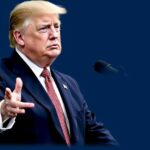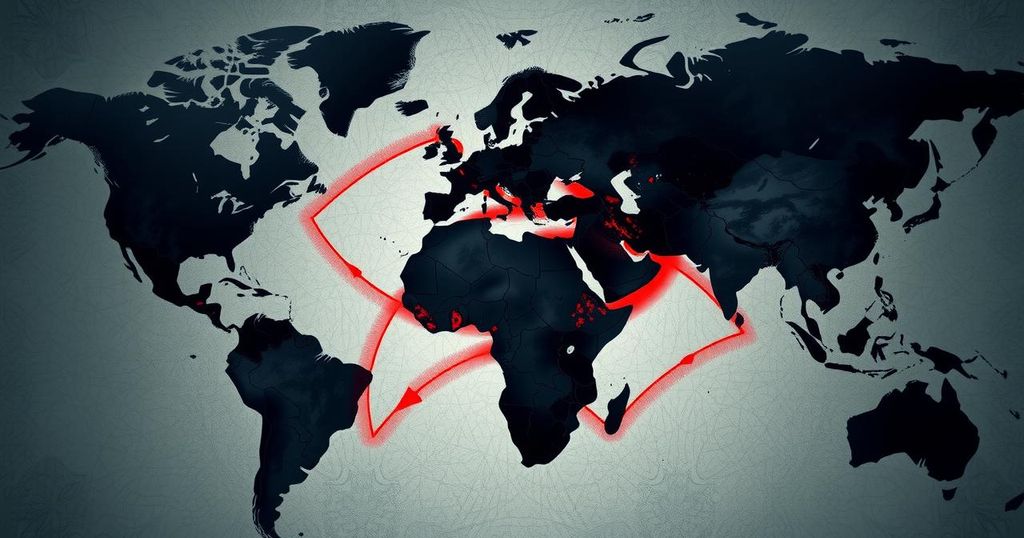Navigating the AI Competition: The U.S. vs. China and the Rise of DeepSeek
The U.S. government’s attempts to control AI development through export restrictions have not hindered China’s DeepSeek, which has developed competitive generative AI technology. Critiques of these export controls highlight their potential to foster a fragmented global economy and strengthen rival capabilities. As the Biden administration considers future regulations, concerns grow regarding the U.S.’s technological lead in the face of evolving global competition.
The U.S. response to China’s AI advancements, particularly through tightened chip export controls, has proven insufficient as evidenced by DeepSeek’s development of a competitive generative AI application. Despite these export restrictions, DeepSeek managed to innovate and create AI technologies that rival the capabilities of leading U.S. firms like OpenAI, highlighting the limitations of relying solely on export controls as a competitive strategy in the evolving AI landscape.
President Biden’s administration implemented new regulations aimed at controlling the global spread of AI chip technologies, which have faced criticism from industry leaders and experts alike. Critics, including those at Brookings, argue that these rules may inadvertently create a fragmented and centrally planned computing economy, challenging America’s ability to maintain its edge in technological development. John Villasenor from Brookings remarked on the futility of attempting to restrict innovation on a global scale.
The potential consequences of the U.S. attempting to stifle AI innovation raise alarms, especially as it may catalyze the development of an independent global AI ecosystem that bypasses U.S. dominance. Martin Chorzempa warned against hastily increasing controls without considering the broader implications, which may lose the U.S. strategic advantages and strengthen ties between China and other nations.
With an impending 120-day comment period on AI regulation ending May 15, there remains uncertainty on whether the new administration will tighten or ease existing restrictions. Meanwhile, President Trump’s recent executive order indicates a possible continuation of stringent export control measures, emphasizing the need to eliminate loopholes that hinder the U.S. technological edge. This could pose further challenges for the tech sector as CEOs, including Nvidia’s Jensen Huang, engage in dialogue about maintaining competitive advantages.
DeepSeek exemplifies innovative engineering, adeptly circumventing earlier limitations imposed on chip speed. Although there have been advancements in chip restrictions as of 2023, DeepSeek has demonstrated that effective models can be constructed with fewer resources, leveraging mixed-expert strategies. Alexandra Mousavizadeh emphasized the importance of open-source technologies, which are closing the gap with proprietary models and driving down costs.
This trend signals that continued U.S. restrictions might inadvertently propel China’s chip development. The oversight in controlling such innovation is evident; as Mousavizadeh noted, information sharing within open-source spaces will persist, mitigating any efforts to gatekeep technology. Dario Amodei from Anthropic commented that strategic controls should not create advantages for the Chinese Communist Party, emphasizing the competitive need for U.S. innovation over restrictive measures.
The national security concerns surrounding DeepSeek’s advancements emphasize the need for the U.S. to remain vigilant, as competitors may exploit these AI capabilities for government objectives. As stated by Palantir’s CEO Alex Karp, the U.S. must accelerate innovation and leverage its first-mover advantage to counteract emerging threats from rivals who can rapidly adapt and replicate successes. Ultimately, focusing on execution rather than mere competitive posturing may yield better long-term outcomes.
In summary, the landscape of AI innovation reflects the complexities of geopolitical competition, where reliance on regulatory controls alone is unlikely to ensure dominance. The U.S. must engage in proactive and strategic actions to secure its technological leadership amid advances from abroad. The ongoing dialogue and adaptation to these challenges will shape the future trajectory of global AI development.
In conclusion, the U.S. struggles to maintain its technological edge against Chinese advancements in AI amid ongoing export controls. DeepSeek’s innovative capabilities illustrate the limitations of regulatory measures as a means to suppress competition. Experts emphasize the need for a more strategic approach that focuses on fostering innovation rather than merely implementing restrictions. Ultimately, the race for AI supremacy demands an agile and forward-thinking response from the U.S. to preserve its leadership in the technology sector.
Original Source: www.cnbc.com








Post Comment